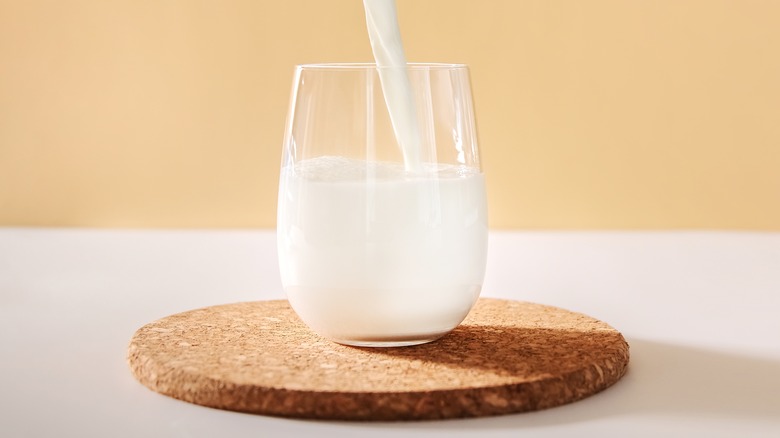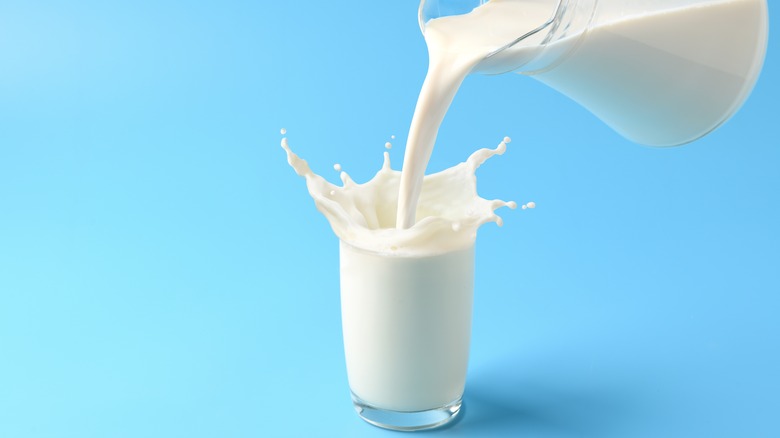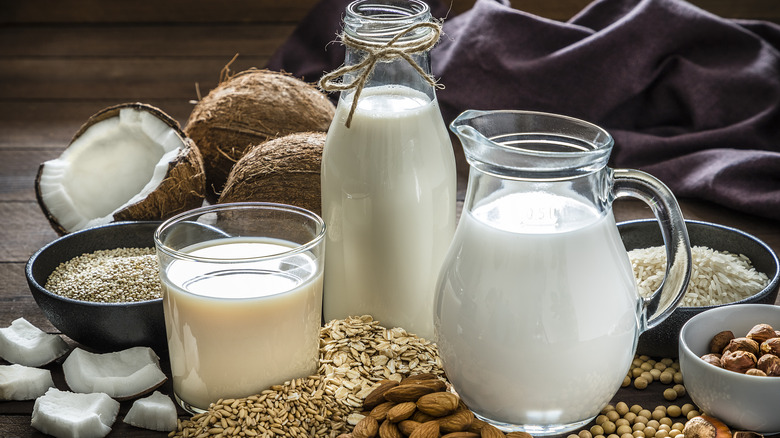How Is Lactose-Free Milk Really Made?
For anyone with lactose intolerance or sensitivity, lactose-free milk provides a huge benefit. Many folks who need to avoid lactose for health reasons can still get the taste of real milk that they crave with fewer side effects. But have you ever wondered about the process that makes this possible?
Lactose-free milk is made by filtering out and breaking down the naturally occurring lactose molecules. After separating a portion of the lactose, any remaining lactose in the milk is broken down with the enzyme lactase. This enzyme is plentiful in the bodies of people who can properly digest lactose, but those who are lactose intolerant do not have enough of it. The lactase separates the lactose into two simple sugar molecules called glucose and galactose. This makes the milk much easier to digest since, in essence, all the heavy lifting is done before it even gets put in the carton.
How to use lactose-free milk in the kitchen
Lactose-free milk tastes almost exactly the same as regular old milk. The main difference is that the flavor is a bit sweeter. Lactose is a complex sugar, and glucose and galactose are simple sugars, so they are perceived as more sweet, even though the milk contains about the same amount of sugar. Otherwise, the two products are pretty much equal in terms of texture and nutritional density.
This means that you can use lactose-free milk anywhere you would use regular milk, from a gooey breakfast strata that uses leftover bread to a show-stopping lemon lavender blackberry cake. The lightly sweet flavor may be noticeable to a discerning palate in straightforward savory preparations, like in a creamy Mornay or béchamel sauce. However, you can easily balance it out by incorporating some acid. Finish your béchamel with a generous splash of white wine, or use an extra sharp and tangy cheese in your Mornay.
Lactose-free dairy can also be used as the base for butter, cream, cheese, yogurt, and other fermented dairy products. However, butter and many types of aged, hard, and semi-hard cheeses are actually low in lactose. Some people with lactose intolerance also have no problem digesting dairy yogurt, because it appears that the bacteria in yogurt actually facilitates the digestion of lactose. You've got lots of low-lactose options to use in recipes that call for regular dairy.
Is lactose-free milk the same as dairy-free milk?
No, lactose-free milk is not the same as dairy-free milk. It is simply dairy milk that has been treated to make it easier to digest. Lactose-free milk is only an option for people who cannot digest regular milk, not for those with a dairy allergy. People with a dairy allergy react to the whey and casein proteins, which are still present in lactose-free milk.
For those who have to skip lactose-free milk, dairy-free milks are another option. These are made from nuts, grains, legumes, or other plants. The methods vary a bit, but in general, the main ingredient — such as peas, soybeans, oats, almonds, rice, or coconuts — is ground with water and then filtered. Typically, commercially produced products will also contain thickeners, stabilizers, or emulsifiers to create a creamier texture. Either way, there are options out there for a wide range of dietary considerations and preferences.



